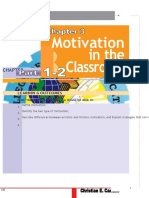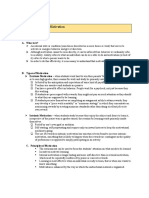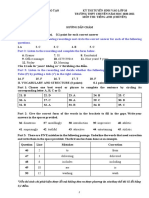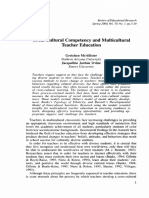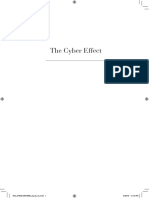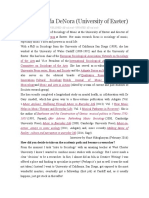0% found this document useful (0 votes)
23 views13 pagesModule 2 HBO
This module focuses on analyzing major theories of motivation, aiming to equip students with the ability to define motivation, differentiate between classical and contemporary theories, and apply these theories in organizational contexts. Key motivation theories discussed include Maslow's Hierarchy of Needs, Herzberg's Two-Factor Theory, McClelland's Theory of Needs, Vroom's Expectancy Theory, and Deci & Ryan's Self-Determination Theory. The module emphasizes the importance of understanding motivation in enhancing performance, engagement, and personal growth in educational and workplace settings.
Uploaded by
Jane NapolereyesCopyright
© © All Rights Reserved
We take content rights seriously. If you suspect this is your content, claim it here.
Available Formats
Download as PDF, TXT or read online on Scribd
0% found this document useful (0 votes)
23 views13 pagesModule 2 HBO
This module focuses on analyzing major theories of motivation, aiming to equip students with the ability to define motivation, differentiate between classical and contemporary theories, and apply these theories in organizational contexts. Key motivation theories discussed include Maslow's Hierarchy of Needs, Herzberg's Two-Factor Theory, McClelland's Theory of Needs, Vroom's Expectancy Theory, and Deci & Ryan's Self-Determination Theory. The module emphasizes the importance of understanding motivation in enhancing performance, engagement, and personal growth in educational and workplace settings.
Uploaded by
Jane NapolereyesCopyright
© © All Rights Reserved
We take content rights seriously. If you suspect this is your content, claim it here.
Available Formats
Download as PDF, TXT or read online on Scribd
/ 13























